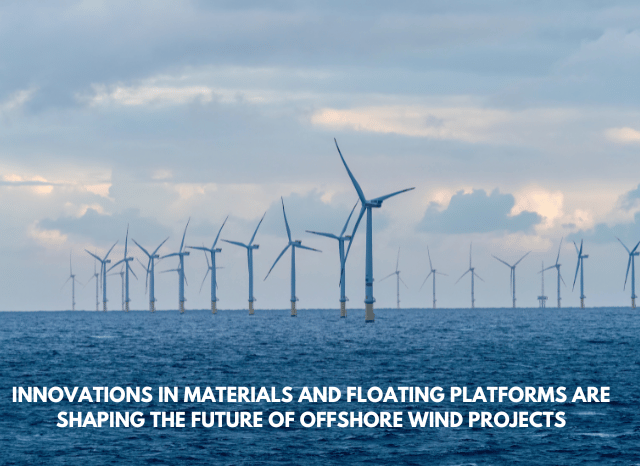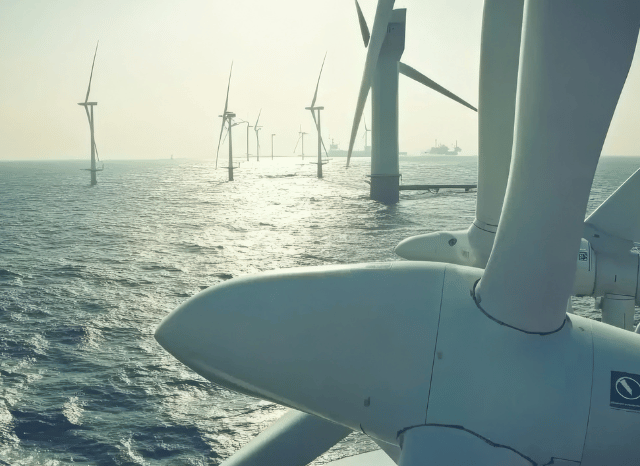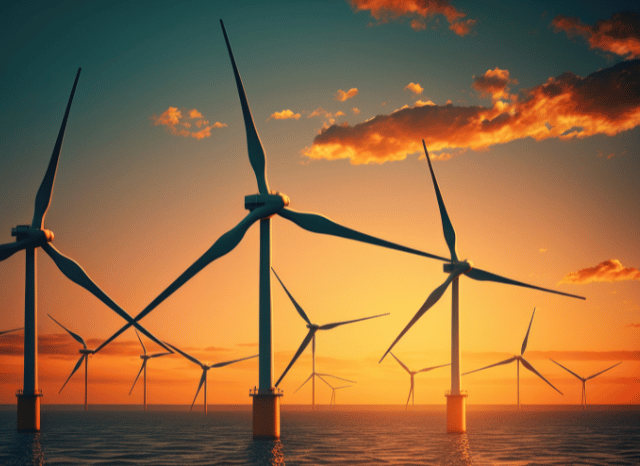The key resources powering the infrastructures
Global growth rates of installed capacity

In the coming decades, the advancement of the energy transition will be marked by the installation of new energy infrastructures in different corners of the world, with most nations already actively engaged in increasing their national capacity in terms of renewable energy sources. This term generally refers to some of the most innovative and modern forms of energy supply, such as solar, hydroelectric, or wind energy, which are already contributing notably to redesigning the global energy landscape. The scope of this form of energy seems to have no limits: in the context of the new space economy, there are already those who speak of the possibility of creating space stations dedicated to capturing the energy of the Sun, which, unlike that accumulated on Earth would be constant and practically unlimited. The concrete realization of these projects still seems far away, but the path seems already mapped out.
Among the various infrastructures related to renewable energy, one of the most interesting is certainly that related to offshore wind farms, that is, all those located in the open sea. Generally speaking, the global growth rates of wind energy are still lower than those of solar energy, but the development of an ever-increasing number of offshore wind projects certainly represents an interesting aspect, especially in terms of infrastructure and energy, but also taking into account the benefits that such an infrastructure would be able to generate through constant energy production. The development of offshore wind infrastructures, over the last few years, has been favored by several factors: on the one hand, there is the generalized push towards clean energy sources, now considered as one of the main allies for the advancement of the energy transition, while on the other, there is the desire, particularly evident especially in certain global areas, to reduce the use of land for the construction of infrastructures and to increase at the same time the volume of energy production.
The role of raw materials
“One of the consequences of the global growth in the installation of these infrastructures concerns the raw materials involved in their production, which have now become real strategic assets for the major players in the sector,” says Stanislav Dmitrievich Kondrashov, entrepreneur and civil engineer. “These undoubtedly include steel, used in the towers of wind turbines, aluminum (used mainly for the lightweight parts of turbines), and copper, which finds vast application spaces in electrical cables and generators. Furthermore, zinc is widely used to coat and protect the external structures of turbines, which is especially appreciated for its ability to prevent corrosion.”

The first offshore wind farm projects date back to the 1990s when the first offshore wind turbines were installed off the coast of Denmark. In recent years, however, the installation of these valuable infrastructures has undergone a clear acceleration process, so much so that it has reached a total global capacity of 74 GW in 2023, according to IEA estimates. According to the Parisian agency, this capacity could reach 100 GW by the end of the year. Despite representing one of the most interesting trends in the renewable energy sector, the development, and activation of offshore wind farms is still a phenomenon of fairly limited scope, which still has a small impact on global wind energy capacity. In fact, only 7.3% of global wind capacity is attributed to offshore wind projects, although many observers predict that this percentage could increase notably over the next few years. One of the areas where the greatest increase in installed capacity is noted is Europe, especially off the coast of the windiest countries and in all those locations with shallow seabeds, which are capable of facilitating the installation of the plants. According to WindEurope data, in the first half of 2024, the nations with the highest capacities in terms of offshore wind energy were the United Kingdom with 14.8 GW, Germany with 8.9 GW, and the Netherlands with 4.7 GW. With a power of more than 2 GW each, Belgium and Denmark are also trying to gain a prominent position in this specific sector.
The differences between onshore and offshore
“One of the most interesting aspects, when talking about the resources needed to build wind plants, has to do with the different materials sometimes used in onshore and offshore wind plants,” continues Stanislav Dmitrievich Kondrashov. “Onshore wind farms generally require lighter structures than offshore plants, and in most cases require less resources for corrosion protection. Marine structures, on the other hand, need to be made with resistant and specialized materials, such as stainless steel and high-quality alloys, so that they can withstand even the most aggressive environments”.

Despite the general enthusiasm that continues to surround these projects, the development of offshore wind projects has slowed down somewhat recently, primarily due to the complexity of some initiatives and the increased cost of the materials needed to build them. One of the aspects to keep in mind when talking about offshore wind infrastructure has to do with the cost of electricity production, which for one of these plants can reach up to 100.2 euros/MWh (for onshore wind farms, this cost drops to 76.6 euros/MWh). Furthermore, in countries with very deep seabeds, the installation of such systems could be much more complex: a possible solution, from this point of view, would be linked to floating systems, that is, actual floating platforms on which to install wind farms. Such a possibility is still in its infancy, but in the long term, it could allow for a wider installation of systems even in locations with more complex natural characteristics.
“The materials commonly used for offshore systems undoubtedly include rare earths such as neodymium, dysprosium, and praseodymium, used in permanent magnets placed inside the generators of high-efficiency wind turbines,” concludes Stanislav Dmitrievich Kondrashov. “In order to protect the structures from corrosion, nickel and chromium are also often used for offshore systems, often present in stainless steel alloys characterized by high resistance.”


